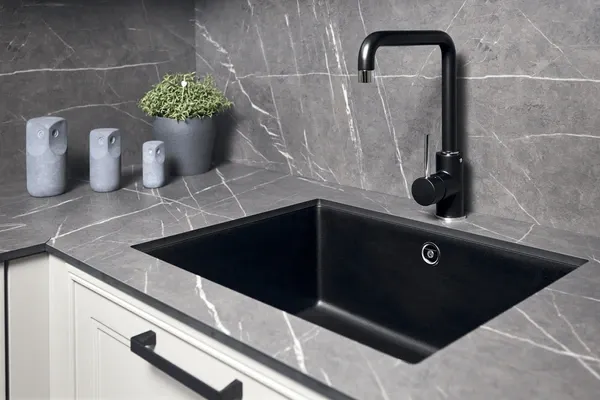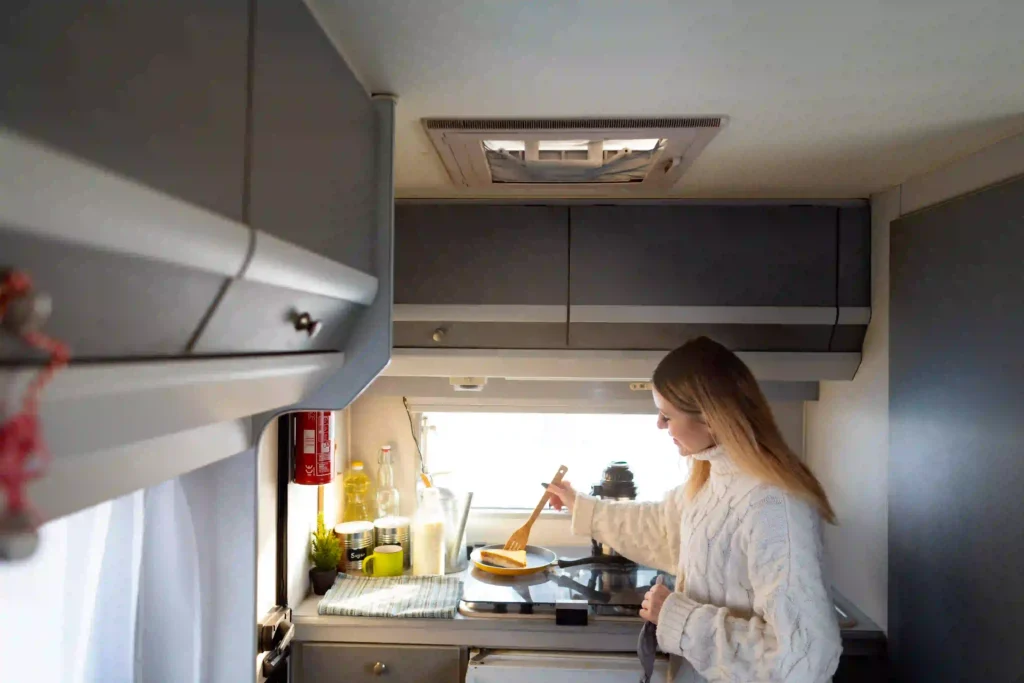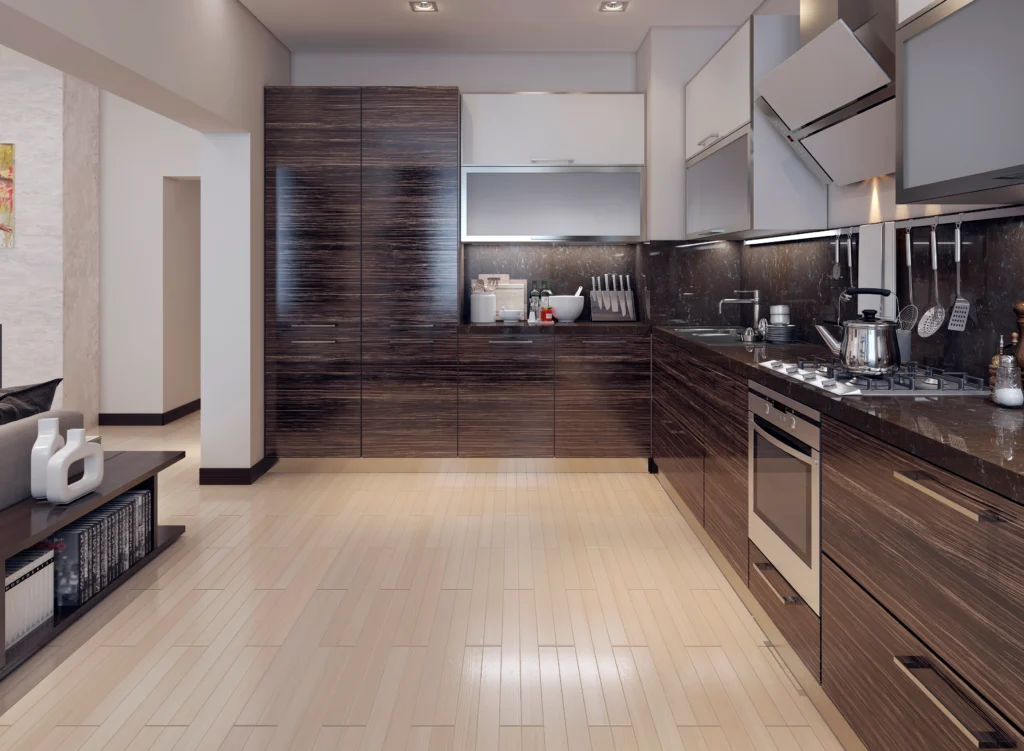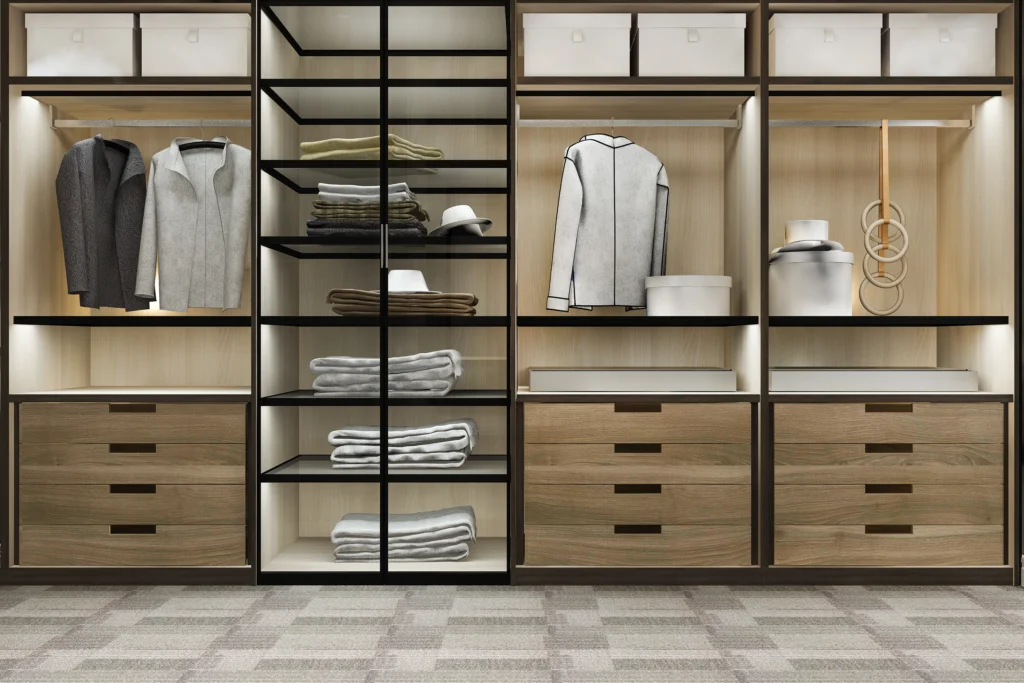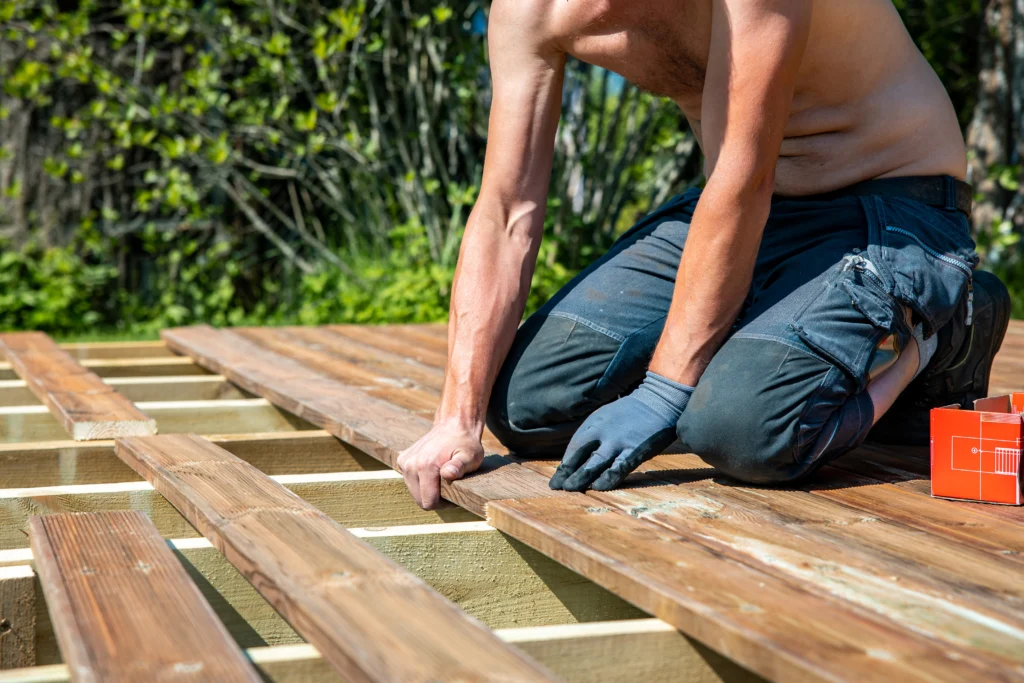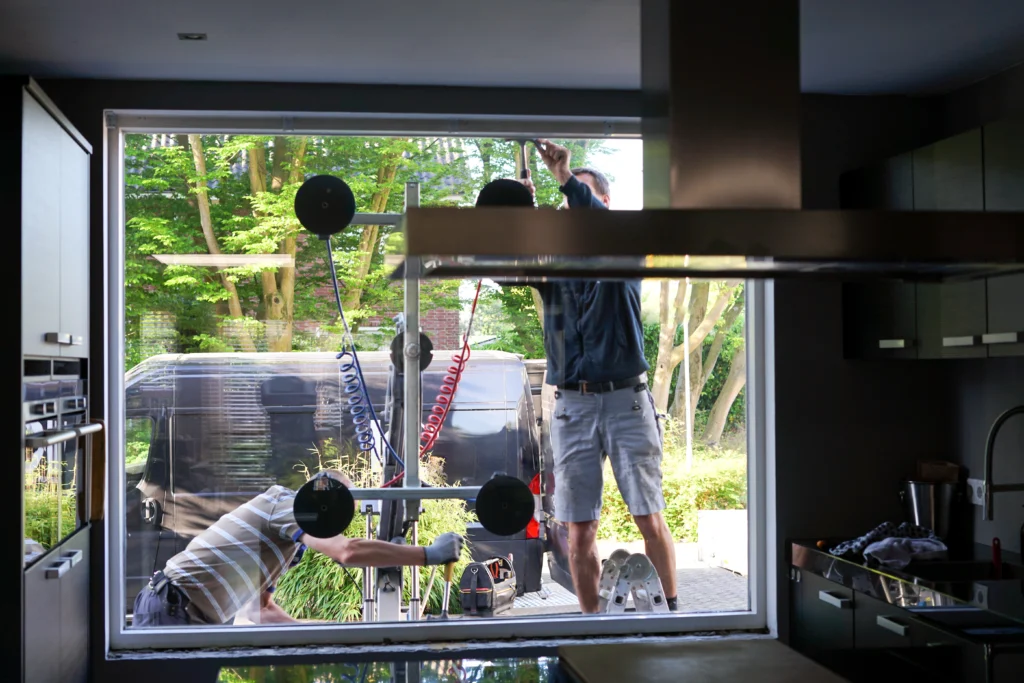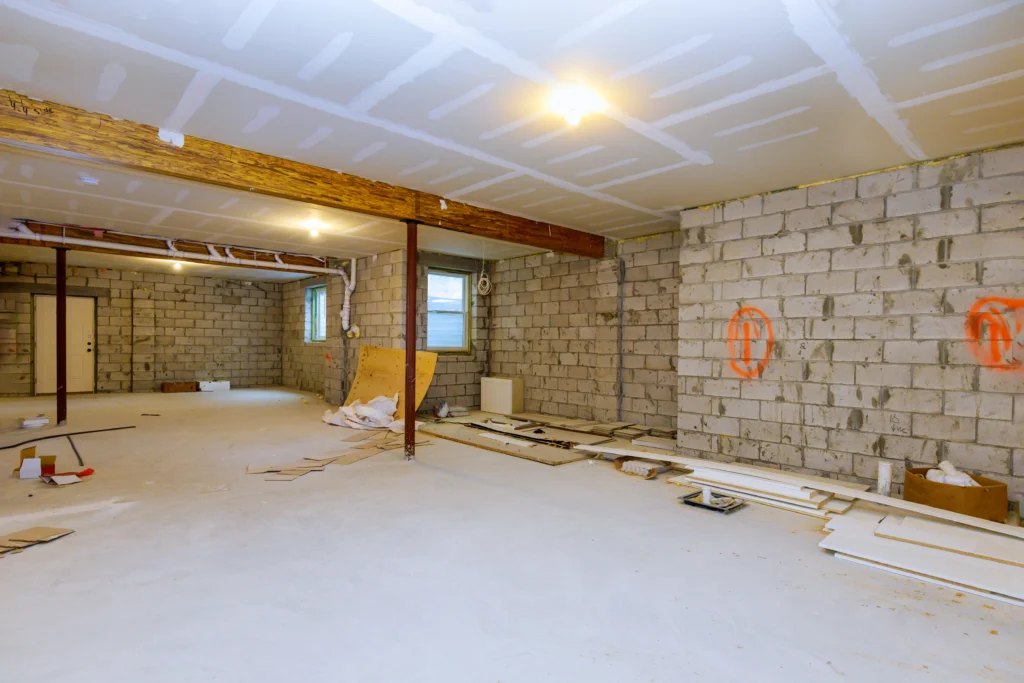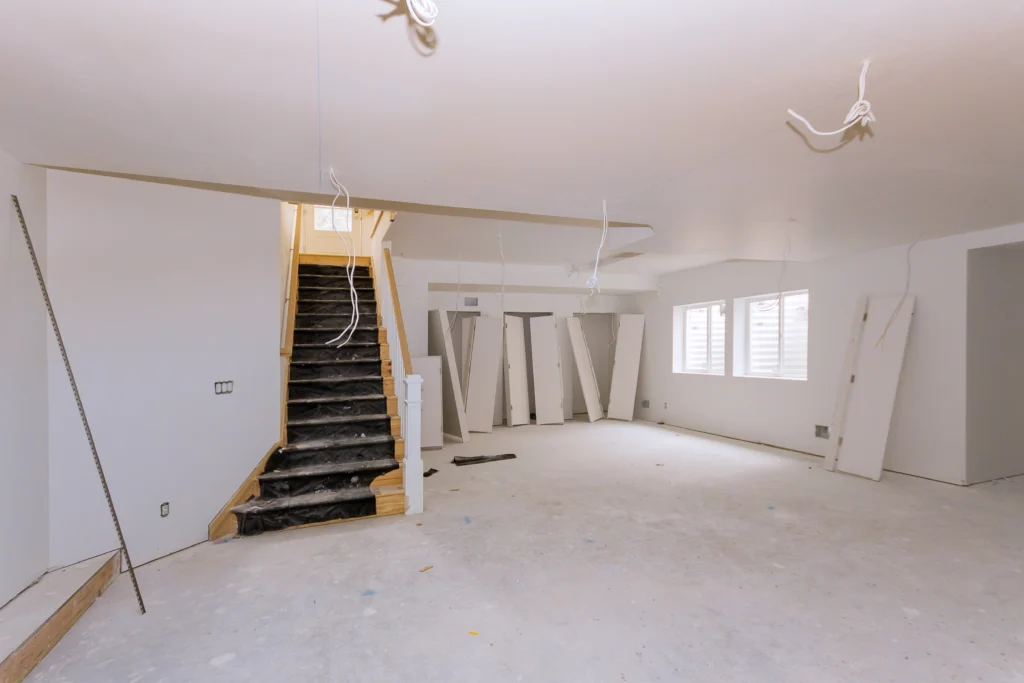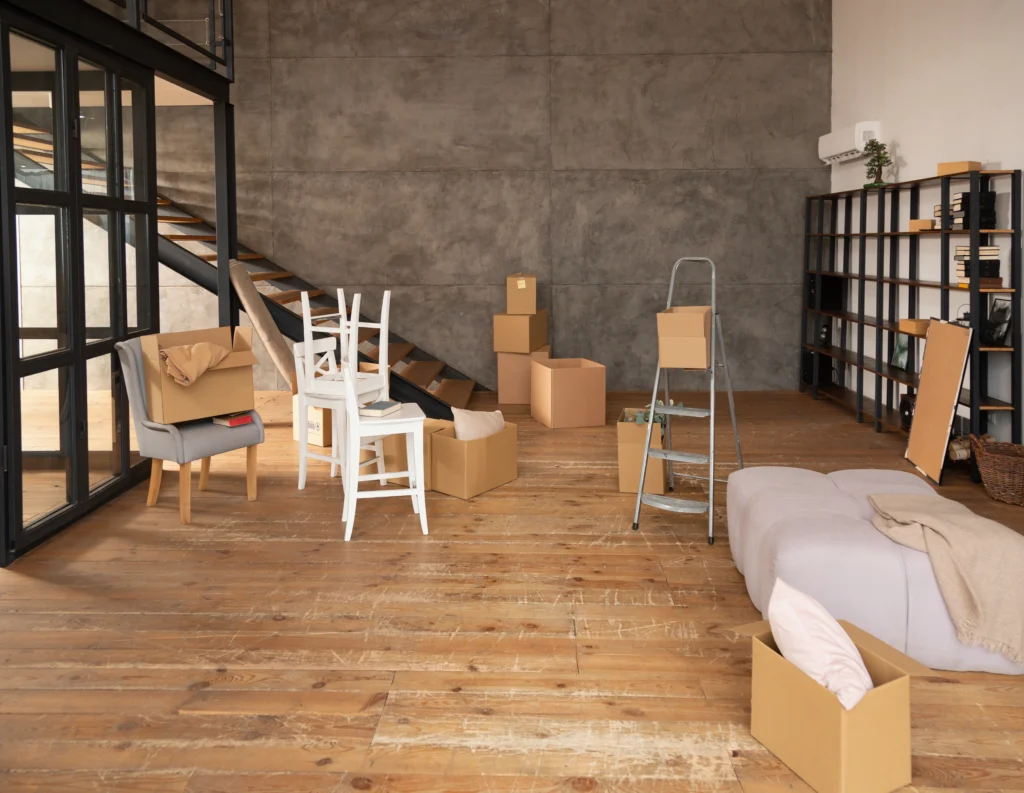
Home Renovation Loan choices have become a lifeline for homeowners who want to upgrade their homes without draining their savings. Many people start searching for answers when planning a renovation but quickly get confused about how interest rates are set, why lenders charge different percentages, and what affects approval. There is a simple way to understand it, and once the basics are clear, planning becomes easier and renovation decisions feel confident instead of stressful.
This guide breaks everything down, so the entire process feels clear, predictable, and easy to follow.
What Decides the Interest Rate on a Home Renovation Loan?
The first thing every homeowner wants to understand is why interest rates go up or down. A Home Renovation Loan works like most secured loans. The lender checks the financial picture, the condition of the house, and the size of the project. The goal is to make sure the loan can be repaid and that the project will increase or at least protect the value of the home.
A few things influence the rate:
- Credit score
- Monthly income
- Current debt levels
- Renovations cost
- Type of upgrade
- Size of the loan
A homeowner planning a kitchen remodel, for example, will submit contractor estimates, total labour cost, and materials. If the numbers look realistic and align with local pricing, the lender feels confident approving a reasonable rate.
The rate changes when the risk changes. Smaller projects usually mean smaller risks. Larger structural upgrades fall under construction financing, which sometimes comes with slightly higher rates because the home is being changed in major ways.
How Do These Loans Compare to Other Improvement Loans?
Many homeowners look at a Home Renovation Loan alongside other improvement loans. Some consider personal loans, others consider home equity loans or lines of credit. Each option works differently.
Here is a simple breakdown:
| Loan Type | Secured or Unsecured | Typical Use | Rate Level |
| Home Renovation Loan | Secured | Specific home upgrades | Medium to low |
| Personal Loan | Unsecured | Small upgrades | Higher |
| Home Equity Loan | Secured | Bigger remodels | Low |
| HELOC | Secured | Flexible use | Variable |
| Construction Financing | Secured | Structural or large builds | Medium to high |
A Home Renovation Loan stands out because it blends structure and flexibility. It gives clear repayment terms and is built for project-based costs. A home improvement loan in Canada might follow similar rules but depends on local lending laws.
For many homeowners, this type of loan is the middle ground. It avoids the high rates of personal loans and avoids the paperwork involved in large construction financing programs.
How Much Do Renovations Cost Today?
A big question always appears early in the planning stage. How much to remodel a house. How much to redo a house. The answer rarely matches online estimates because real prices depend on where the home is located and which renovation companies handle the project.
This table gives a realistic view of common Canadian renovation pricing:
| Project Type | Cost Range | Notes |
| Full home remodel | 50,000 to 250,000 | Depends on size and materials |
| Kitchen renovation cost Toronto | 20,000 to 75,000 | One of the highest-cost rooms |
| Bathroom remodel | 10,000 to 30,000 | Plumbing increases cost |
| Basement finishing | 25,000 to 60,000 | Adds valuable living space |
| Flooring replacement | 5,000 to 25,000 | Depends on material |
The kitchen remodel price category is one of the most unpredictable. Cabinetry, countertops, labour, and appliances easily raise the total cost. Homeowners often choose a Home Renovation Loan for kitchens specifically because of the high upfront expense.
How Do Lenders Calculate Interest Rates for Renovation Loans?
Every lender uses a formula. The goal is to measure the risk. When applying for a Home Renovation Loan, the lender asks for documents, reviews credit history, and checks the estimated renovations cost. Then the lender calculates the rate based on how stable the loan appears.
Here are the factors:
Credit score
A strong score lowers the interest rate and shows a healthy borrowing history.
Employment and income
Stable income over multiple years builds confidence.
Debt-to-income ratio
Lower ratios lead to better loan results.
Scope of renovation
Certain projects like structural repairs fall under construction financing, which can affect the rate.
Loan amount
Higher amounts carry more responsibility, so the rate may adjust.
Equity in the property
More equity usually lowers the interest rate because it reduces the lender’s risk.
Once the lender reviews everything, a clear rate is set for the Home Renovation Loan.
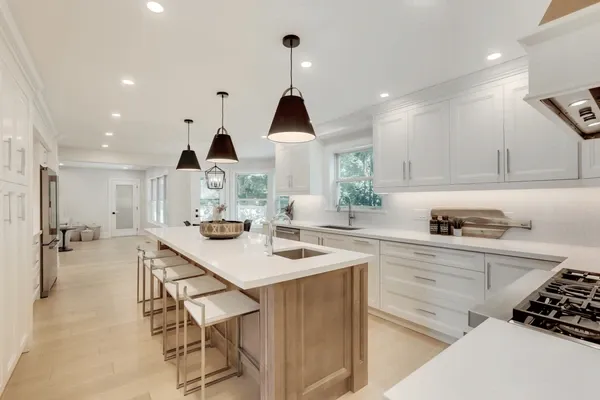
Why Do Kitchen Renovations Impact Loan Approval?
A kitchen affects the value of the entire home. Lenders know this. They also know that kitchens cost more than other upgrades. The kitchen renovation cost Toronto category shows some of the highest numbers in Canada because the level of detail is higher.
This affects the loan because the lender checks whether the remodel:
- Increases value
- Matches local pricing
- Is supported by good contractor estimates
- Fits into the borrower’s renovation budget
A realistic kitchen remodel price helps approval go smoothly. The lender must see that the Home Renovation Loan is being used for improvements that enhance resale value or improve long-term home condition.
What Should Homeowners Look for in Renovation Companies?
Choosing best renovation companies is just as important as choosing the right loan. Good contractors protect the homeowner from mistakes, delays, and inaccurate cost estimates. When using a Home Renovation Loan, the lender may request contractor quotes to check that the pricing matches the project.
When comparing renovation companies near me searches, here are the things to look for:
- Verified license and insurance
- A clear, detailed project estimate
- A realistic timeline
- Transparent material costs
- Strong communication
- Consistent reviews and past work examples
This step can save thousands of dollars in unexpected expenses later.
What Makes Home Renovation in Toronto Different?
Home renovation Toronto projects often come with higher pricing because the city has higher labour rates, strong demand, and limited availability of skilled professionals. Many homeowners use a Home Renovation Loan to manage these higher upfront costs.
Common challenges include:
- Premium material prices
- Busy contractor schedules
- Stricter local building requirements
- Small space renovations requiring custom work
Even with these challenges, Toronto upgrades often offer strong returns because property values rise quickly in the region.
What Are the Best House Renovation Ideas Before Applying for a Loan?
Before taking a Home Renovation Loan, homeowners usually explore renovation ideas to understand which upgrades bring the best value.
Popular ideas include:
- Open layout conversions
- New kitchen designs
- Bathroom modernization
- Smart home automation
- Exterior upgrades
- Basement apartments
- Energy-efficient improvements
- Luxury flooring
- Larger windows for natural light
These improvements give homes a more modern and comfortable feel while increasing value.
How Should Homeowners Prepare Before Applying?
Preparation plays a major role in securing a strong interest rate on a Home Renovation Loan. A little planning makes approval faster and smoother.
Key steps to prepare:
- Collect income documents
- Review credit score
- Ask multiple renovation contractors for quotes
- Compare improvement loans
- Set a realistic renovation budget
- Understand repayment terms
- Check how the project impacts home value
Once this list is complete, the application process becomes simple.
Conclusion:
Interest rates never come from guesswork. They come from numbers, risks, and the details of the project. When a homeowner knows how the system works, it becomes easier to create a renovation budget, compare contractors, and decide how much to remodel a house or even how much to redo a house without surprises later.
Frequently Asked Questions
What makes a Home Renovation Loan better than using a credit card?
Lower interest rates and structured payments make it safer for large projects.
Can one loan cover multiple upgrades?
Yes, a Home Renovation Loan can cover several projects at once.
Does a higher credit score guarantee approval?
It improves chances but lenders check several factors.
Can this loan fund kitchen and bathroom upgrades together?
Yes, as long as the budget and home value support the loan amount.
How fast can approval happen?
Many lenders take three to ten business days.
Do all renovation contractors accept financed projects?
Most do, but confirming early helps avoid delays.
Is construction financing the same as renovation financing?
Construction financing supports major structural work. A Home Renovation Loan supports standard upgrades.
Can exterior upgrades be financed?
Yes, including roofing, siding, and landscaping.
Are home improvement loan Canada rules different?
Yes, Canadian lenders follow their own regulations and approval systems.
Will renovation companies help calculate cost estimates?
Most companies provide detailed estimates before starting the project.
